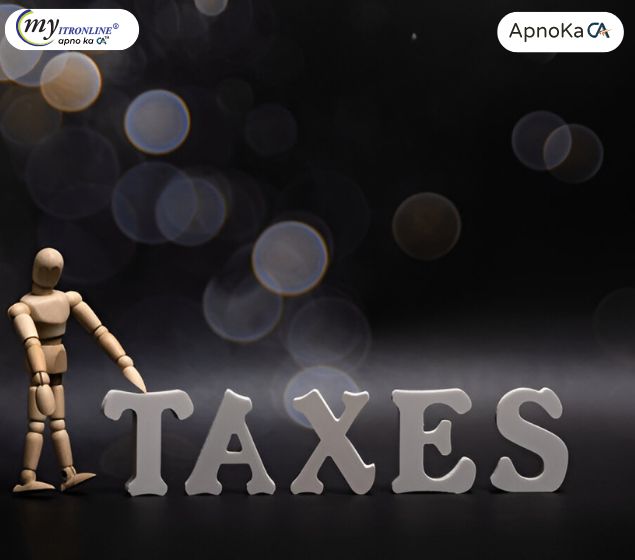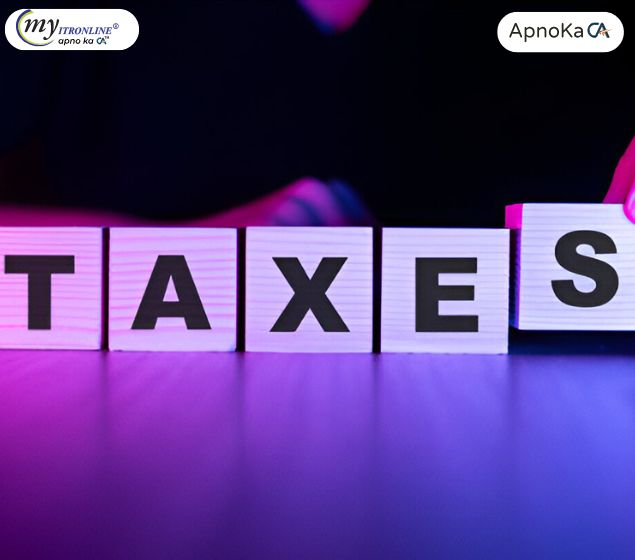# cbdt
12 posts in `cbdt` tag
.jpg)
CBDT Updates Form No. 7: Assessment Year and Block Period Now Included, Effective September 1, 2025
The Central Board of Direct Taxes (CBDT) has amended Form No. 7 to include both "Assessment Year" and "Block Period," effective September 1, 2025. This blog details the changes, explains the concept of a "Block Period" in tax assessments, and discusses the implications for taxpayers, particularly in cases of search and seizure operations.

ITR-6 Excel Utility for AY 2025-26 is Live: What Corporate Filers Need to Know
This blog announces the release of the ITR-6 Excel Utility for the Assessment Year 2025-26 by the Income Tax Department. It details which companies are required to file this form, highlights key updates and changes for this year (such as LEI and capital gains reporting), provides a step-by-step guide on how to use the offline utility, and clarifies the important filing deadlines to help corporate filers ensure timely and accurate compliance.
.jpg)
Small Business & Professional Taxes: A Guide to Sections 44AA, 44AB, 44AD, 44ADA for FY 2024-25
For small businesses and professionals in India, understanding Sections 44AA, 44AB, 44AD, and 44ADA of the Income Tax Act, 1961, is essential for smooth tax compliance. This guide explains how these sections apply for the Financial Year 2024-25 (Assessment Year 2025-26). It covers necessary bookkeeping, tax audit rules, and the simplified presumptive taxation schemes that can greatly lessen the compliance burden for qualified taxpayers.
.jpg)
Important Relief from CBDT for Income Tax Filers
The Central Board of Direct Taxes (CBDT) has announced significant relief for taxpayers. A new circular extends deadlines for correcting income tax returns that were incorrectly invalidated by CPC-Bengaluru for Assessment Year 2023-24 and also provides an extended period to rectify returns where income was mistakenly excluded from assessment. This move aims to simplify compliance and ensure accurate tax records for citizens.

PAN-Aadhaar Linking: CBDT Offers Major Relief on TDS Demand Notices (2025 Update)
In a major relief for Indian taxpayers, the Central Board of Direct Taxes (CBDT) has waived demands for short TDS deduction arising from payments to inoperative PAN holders. This addresses the widespread issue where deductors received tax notices for not applying the higher TDS rate mandated for unlinked PANs. This blog details the conditions of this relief as per CBDT Circular No. 9/2025, outlines the crucial deadlines like September 30, 2025, and explains the actionable steps for both deductors and deductees to benefit from this waiver and ensure future compliance.
.jpg)
Big News for Property Sellers: IREDA Bonds Now Offer Up to 50 Lakh Tax Exemption on Capital Gains!
This blog post details how the Central Board of Direct Taxes (CBDT) has granted "54EC status" to IREDA bonds, offering property sellers a significant tax exemption of up to 50 lakh on long-term capital gains. It explains what 54EC bonds are, why IREDA's inclusion is beneficial for both investors and India's green energy goals, how the tax exemption works, key investment considerations like limits and lock-in periods, and who can invest. The post highlights the advantages of investing in these safe, fixed-return bonds while contributing to a sustainable future.
.jpg)
Breaking Relief: CBDT Eases Higher TDS/TCS Burden for Inoperative PANs (Circular No. 9/2025)
This blog post explains the important relief offered by CBDT Circular No. 9/2025, dated July 22, 2025, about higher TDS/TCS rates for transactions with inoperative PANs. It describes how deductors and collectors will not be held responsible for short deductions or collections if the deductee's or collectee's PAN is made operative within certain time frames, specifically by September 30, 2025, for past transactions and within two months from the end of the month for future ones. The summary underscores the circular's importance in tackling taxpayer complaints, easing the compliance load, and encouraging PAN-Aadhaar linkage. It urges readers to grasp the new rules and take action quickly.
.jpg)
Big news for legal aid! CBDT Notification S.O. 3204(E) grants vital income tax exemptions to District Legal Service Authorities in Haryana (Gurgaon, Mewat & more) from AY 2025-26. Find out which income is exempt and what conditions apply!
Big news for legal aid. The CBDT Notification S.O. 3204(E) gives important income tax exemptions to District Legal Service Authorities in Haryana, including Gurgaon, Mewat, and others, starting from AY 2025-26. Discover which income is exempt and the conditions that apply.
.jpg)
CII for FY 2025-26 Notified: What India's New Cost Inflation Index Means for Your Capital Gains
The Central Board of Direct Taxes (CBDT) has announced the Cost Inflation Index (CII) for FY 2025-26 as 376. This blog post explains what CII is, how the new index will be applied from AY 2026-27, who it impacts, and provides an example of how it reduces taxable long-term capital gains, particularly for real estate acquired before July 23, 2024. It highlights the importance of understanding this update for accurate tax filing.
.jpg)
CBDT's Latest: Interest Waivers for Past TDS/TCS Delays Are Now Confirmed!
This blog post summarizes CBDT Circular No. 8/2025, which clarifies that interest waivers for delayed TDS/TCS payments due to technical issues can apply to past charges, provided applications meet the one-year deadline

Income Tax in India: Are You Prepared for July 2025?
This blog post provides a comprehensive overview of the significant income tax changes coming into effect in India from July 1, 2025. It details the more attractive new tax regime with revised slabs and increased deductions, the extended ITR filing deadline, the mandate for Aadhaar in PAN applications, and the real-time PAN-bank linking system. Furthermore, it touches upon the updated ITR forms and the broader proposals of the Income Tax Bill 2025, offering taxpayers crucial insights for compliance and effective tax planning.

ITR Scrutiny Notice u/s 143(2) for AY 2024-25: Don't Panic! Your Step-by-Step Guide to Responding
The Income Tax Department has begun dispatching scrutiny notices under Section 143(2) for AY 2024-25. This blog provides a detailed guide on understanding these notices, common reasons for their issuance, a step-by-step response strategy, and essential tips to prevent future scrutiny, ensuring taxpayers can navigate the process effectively.
